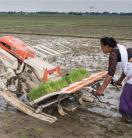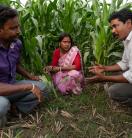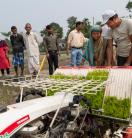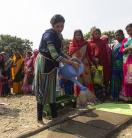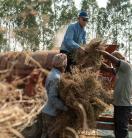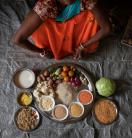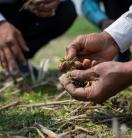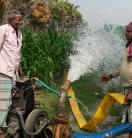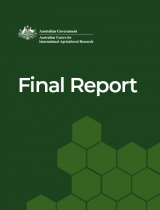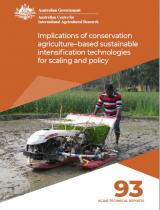Large food-systems program helps over 100,000 farmers
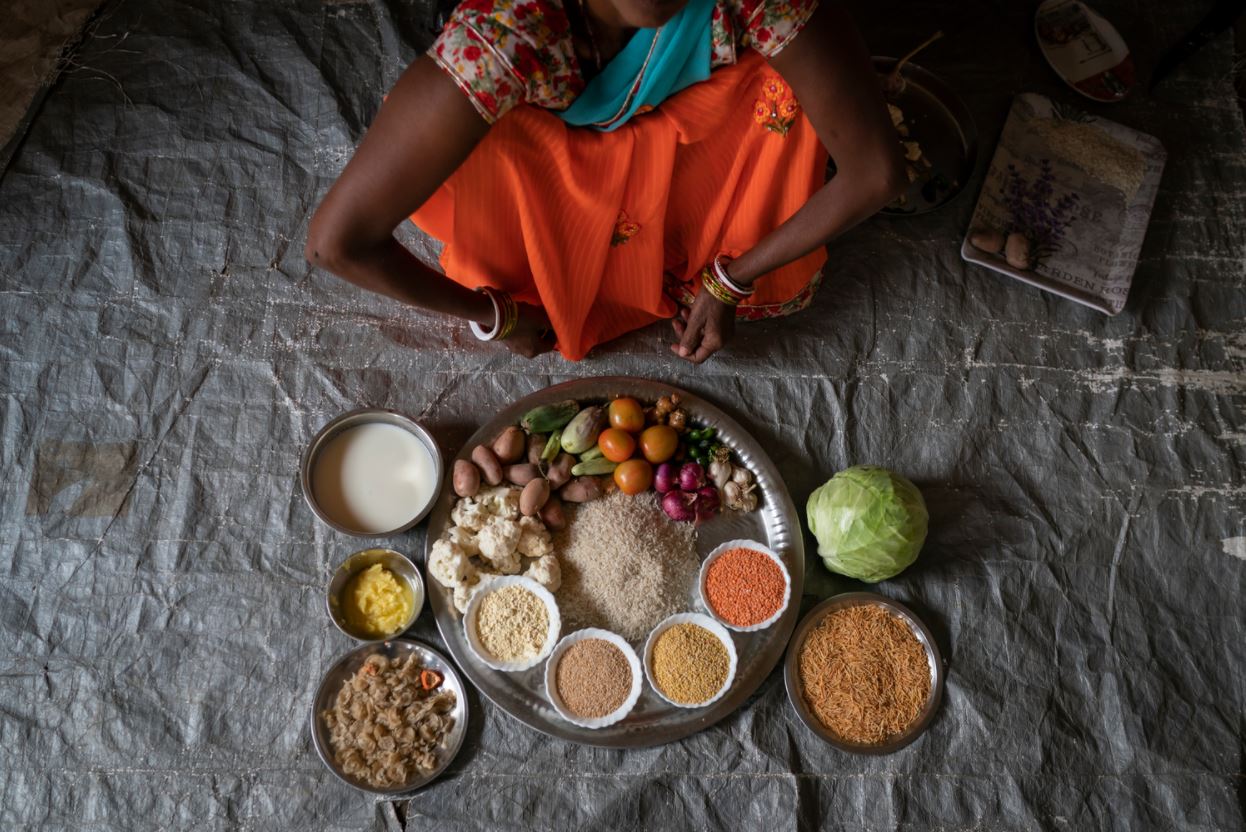
A multi-country program, which has supported the development of more sustainable food systems and improved the lives of more than 100,000 people in South Asia, has now concluded.
The large-scale food systems program spanning India, Bangladesh and Nepal has proven big thinking and a broad approach can deliver lasting results for smallholder farmers and their communities.
And there’s more to come, with a project ready to continue this work addressing food security and sustainable development in a region with the world’s highest concentration of rural poverty.
Framed by the water-energy-food nexus, the multi-million-dollar ACIAR Sustainable Development Investment Portfolio (SDIP) was an eight-year program comprising more than 20 long- and short-term projects. It was primarily funded by the Australian Government Department of Foreign Affairs and Trade (DFAT) and delivered with numerous partners.
SDIP set out to maximise agriculture’s contribution to sustainable food systems in the Eastern Gangetic Plains (EGP)—a region of 450 million people—while positively contributing to environmental and social outcomes.
ACIAR Research Program Manager for Water Robyn Johnston said SDIP worked within the broader context of agriculture and the food system to enhance agricultural practices.
‘The program has demonstrated that conservation agriculture is economically viable and beneficial in all sorts of other ways, such as soil health, labour savings and water savings… [but] to get people to adopt these technologies, they have to work in a broader context,’ Dr Johnston said.
‘There are a lot of other things going on in people’s lives—for example, many farmers look for work off farm, so the choices they make about agricultural approaches are different. Government subsidies can also have a big influence.’
SDIP Program Manager Tamara Jackson, Charles Sturt University, said DFAT funding enabled SDIP to expand the scope of work, labelling the ‘foresight’ work—driving change through engaging key stakeholders and exploring future scenarios and transformative pathways—as a standout for the program.
She said working with diverse stakeholders meant SDIP could identify key local food system drivers and connect them to “big picture” issues such as policy settings and labour requirements.
One example was understanding how the new federal system in Nepal impacted agriculture. Foresight processes identified a lack of coordination between different levels of government as a barrier to agricultural development. Two projects were subsequently funded to work on different approaches to coordination, focusing on both mechanisation and knowledge sharing.
While the scope of the work remains something Dr Jackson cherishes, visiting farmers and learning of the “profound impact” SDIP had on households was unforgettable.
In the Indian state of Bihar, farmer Nutan Devi—who, with her husband, was involved in a conservation agriculture project—used a food plate to demonstrate how SDIP changed her life.
Before SDIP, the plate had no fruit or vegetables, more rice, one kind of lentil, and pigeon, Dr Jackson said.
‘After it had less rice, different kinds of legumes and she said she could go to the markets and buy whatever meat she wanted.’
‘She said it was easier… and we talked about her having more income and the fact she could control the income which was a different situation for her.’
More outputs and products from SDIP will be published on its website over the coming months. Dr Jackson will lead a new ACIAR-funded third body of work, starting soon, to capitalise on what was learnt through SDIP.



